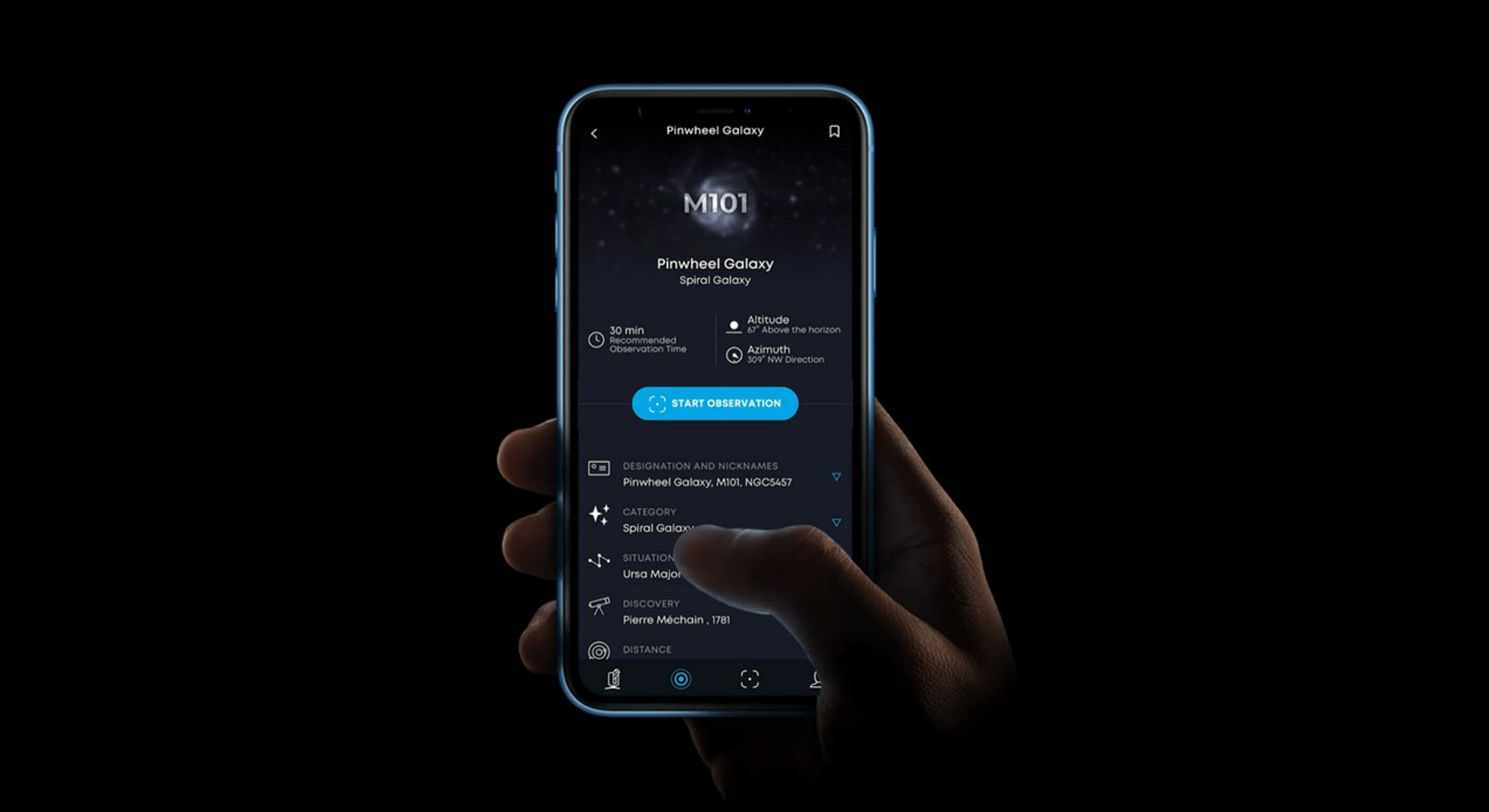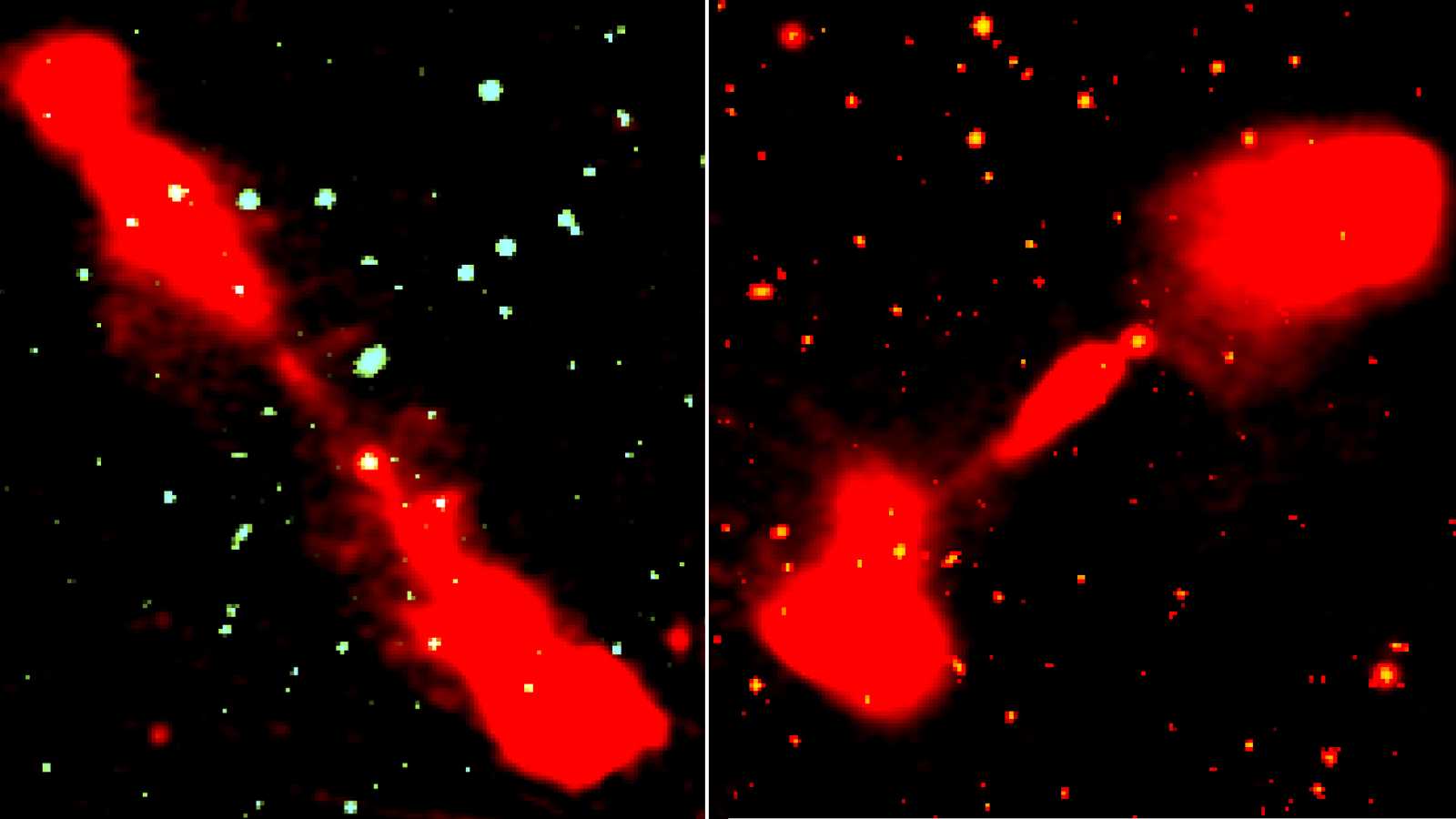Stellina smart telescope makes astrophotography a breeze
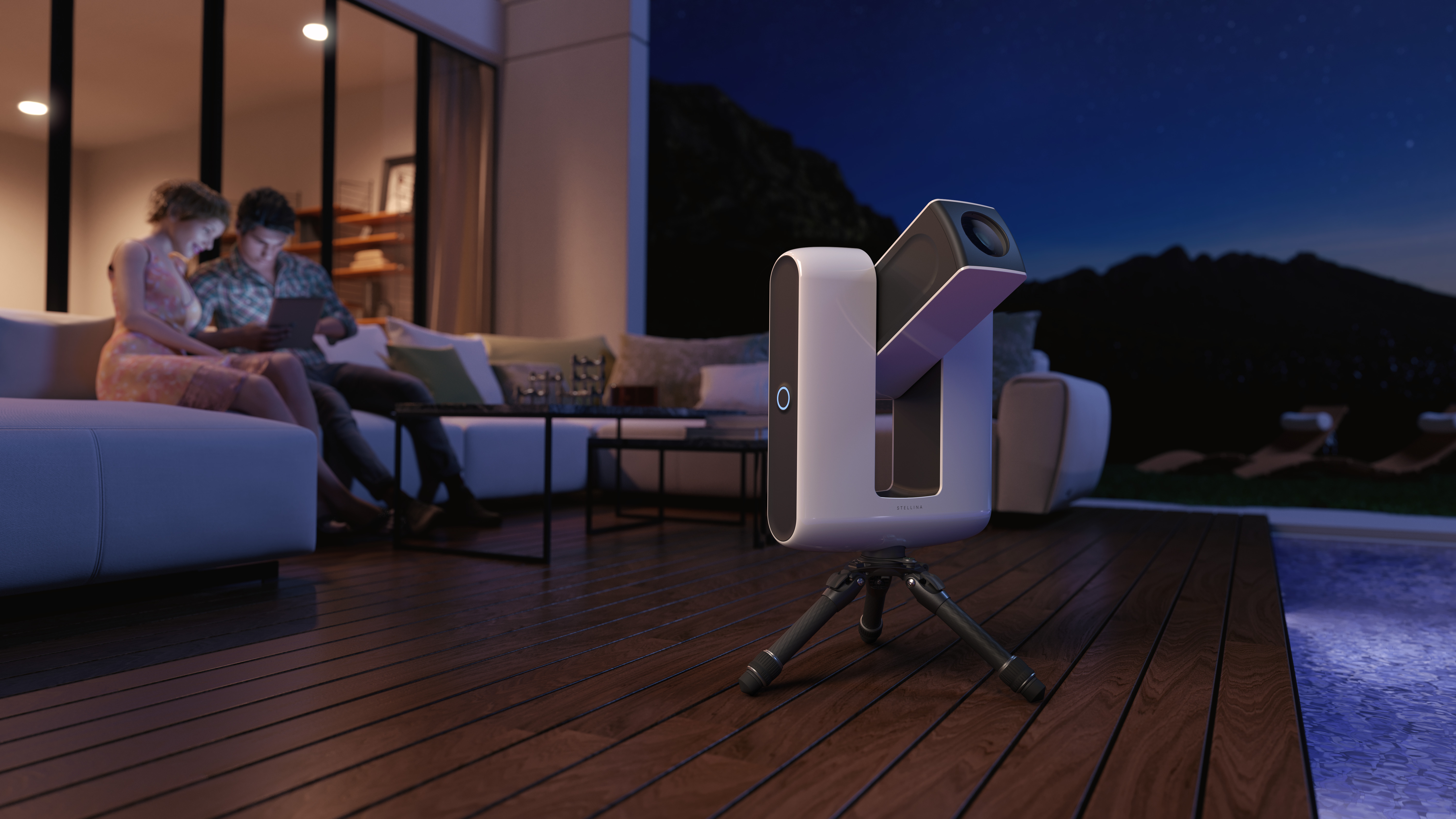
A swanky new telescope offers a whole new way to observe the cosmos. With automated controls and a smartphone app instead of an eyepiece, the Stellina smart telescope takes all the hassle out of skywatching — but it comes at a hefty price.
Stellina is a fully automated astrophotography telescope about the size of a backpack. You can quickly and easily set it up anywhere, even in places with copious amounts of light pollution, like New York City. I took Stellina out for a spin, first on my rooftop in Brooklyn, New York, and then in a darker area outside of the city. I was impressed with Stellina's ability to capture decent photos of deep-space objects despite the light pollution in Brooklyn. And thanks to the telescope's portable size and simple setup, the Stellina was easy to pick up and bring along for an adventure in the wilderness outside the city.
Using Stellina requires virtually no knowledge of astronomy or how to use a telescope. All you need is a smartphone and a little patience, and you can capture stunning images of galaxies, nebulas and star clusters. When you turn this telescope on, it automatically aligns itself by looking around the sky and identifying objects in the star field. Once the initialization is complete, you simply select an object from the catalog in the Stellina app on your phone; then, kick back and relax while Stellina does all the rest of the work for you. Astrophotography doesn't get any simpler than this. However, Stellina does have some limitations that may not be ideal for professional astrophotographers, and at a price of $3,999, it's a pretty big investment for the casual stargazer.
Related: Best Telescopes for the Money - 2019 Reviews and Guide
The telescope has a fixed focal length of 15.75 inches (400 millimeters), which makes it well-suited for observing objects outside of the solar system, but it doesn't work as well for observing planets. If you try to photograph a planet using Stellina, the resulting image will be quite small, though the resolution is good enough to make out the cloud bands of Jupiter.
Users can also adjust the frame the way they want and the mosaic feature (which will allow for a wider field of view) will be available by the end of 2021.
When Stellina is working on an observation, it can take over an hour to complete the recommended observing time, depending on the object. As with most skywatching endeavors, astrophotography with Stellina requires a bit of patience. However, the Stellina app has some features to keep you occupied and entertained while you wait for your image.
Breaking space news, the latest updates on rocket launches, skywatching events and more!
As the telescope captures multiple short exposures, it stacks them all into one image, and you can watch the stacking happen in real time. You can also scroll through all the individual exposures and see how the final product improves with each newly stacked image.
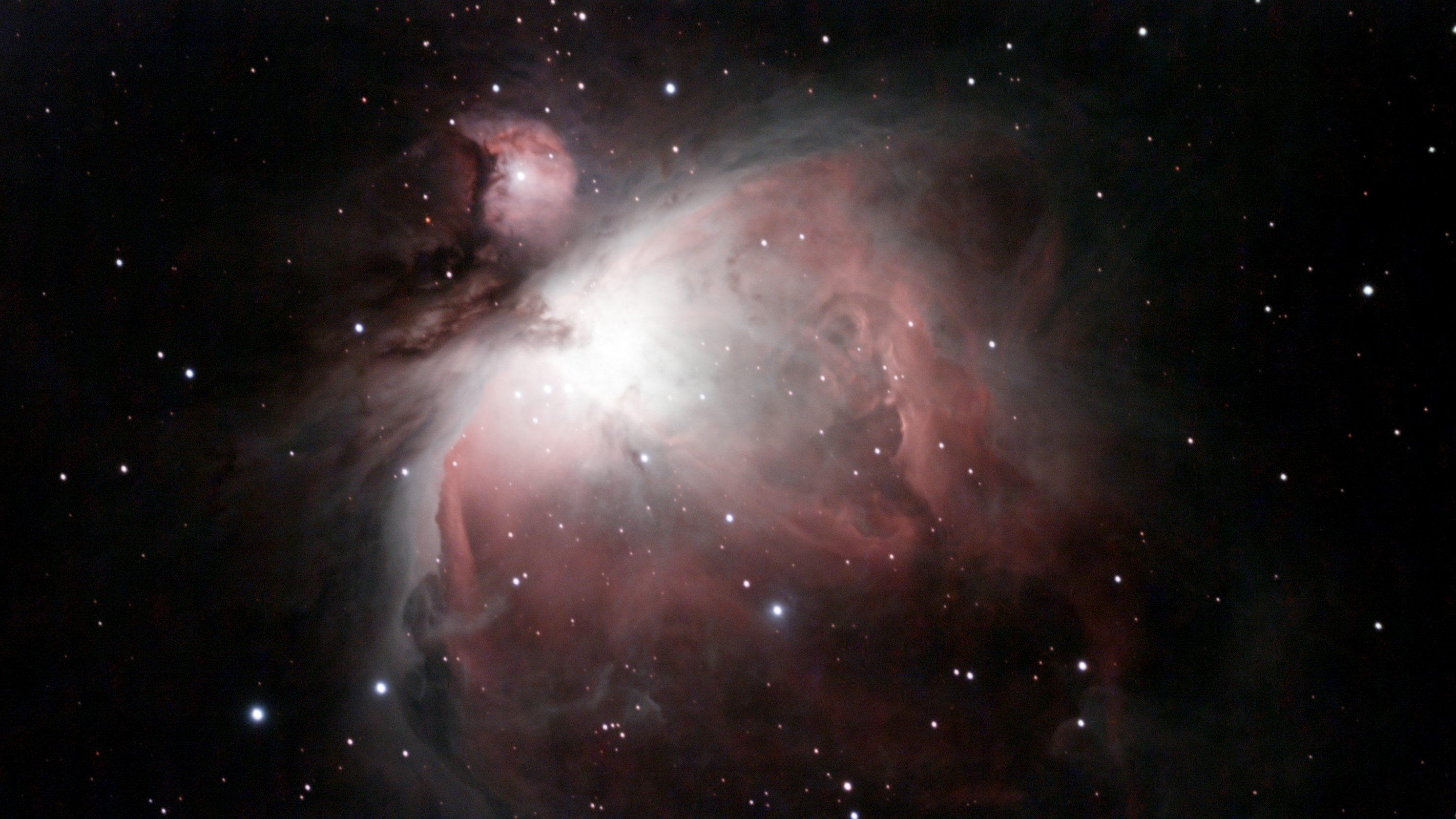
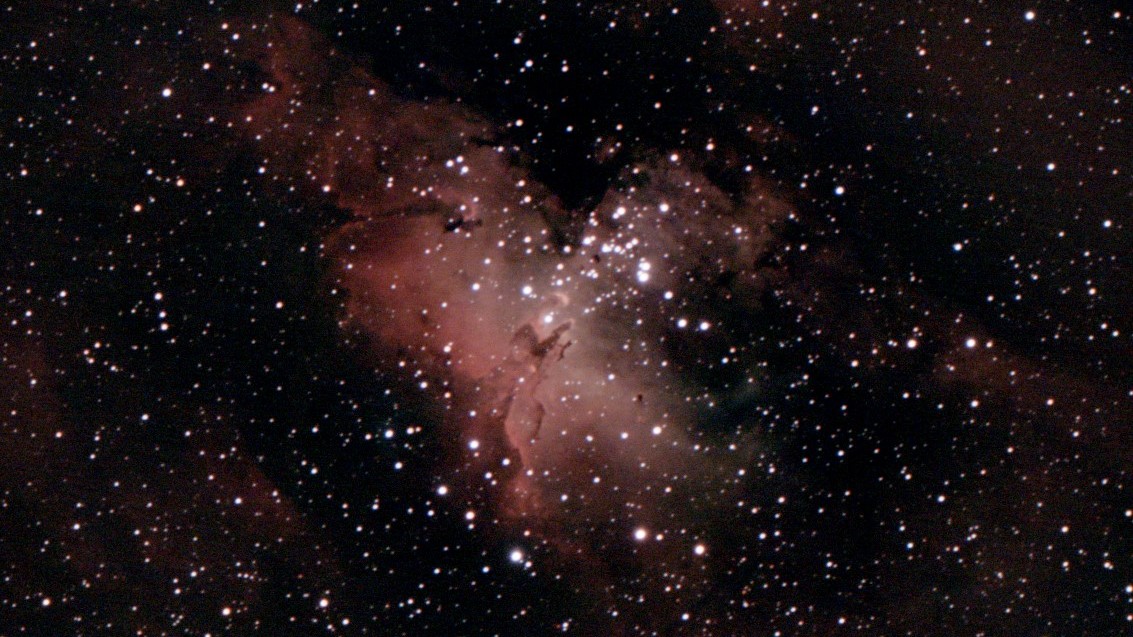
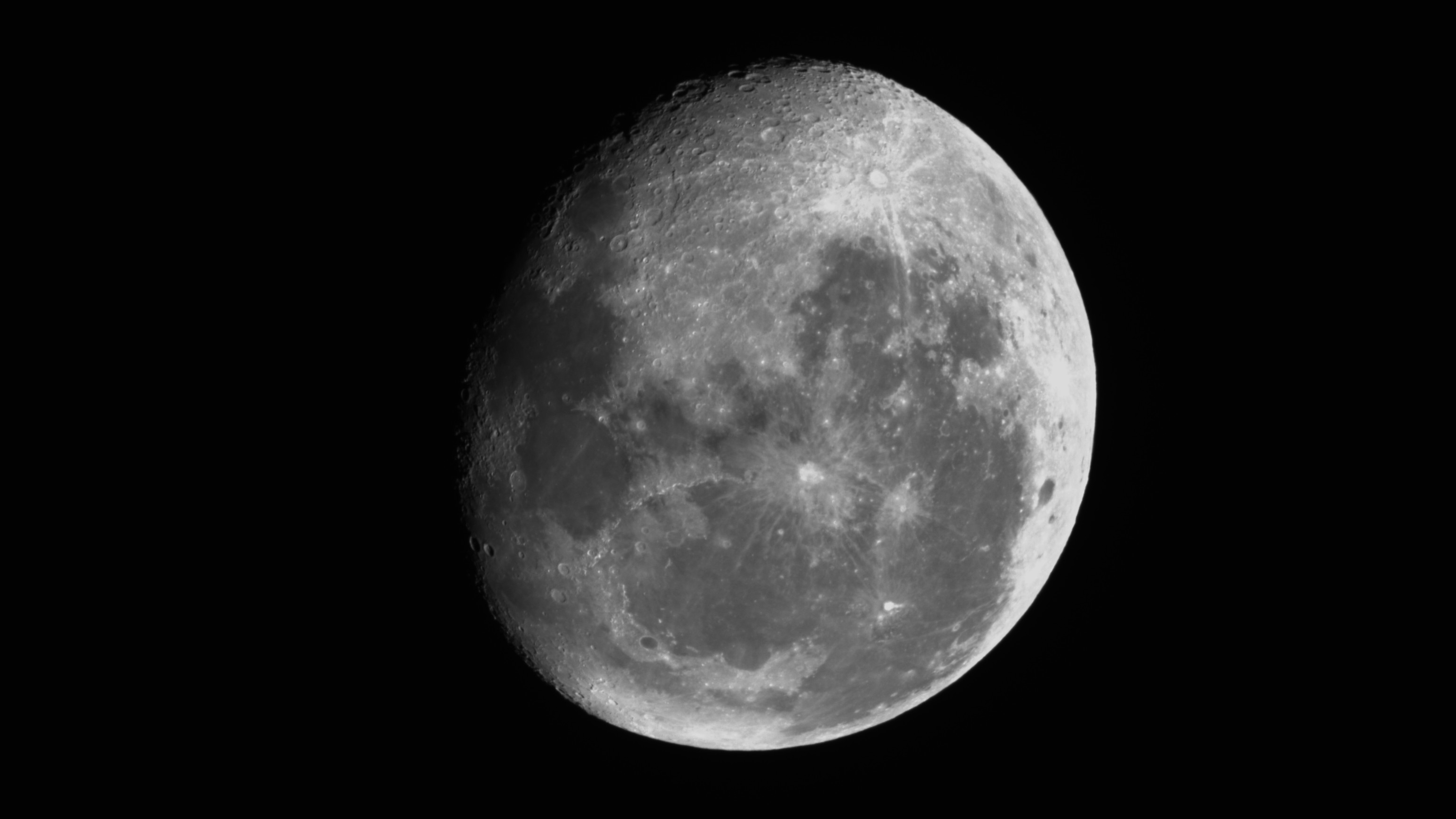
The built-in catalog — which contains more than 250 deep-space objects — is regularly updated with new targets every two to three months. The catalog is also filled with educational content and images to peruse while you wait.
You can also enter celestial coordinates (RA/Dec coordinates), giving you unlimited access to the sky.
The Stellina app (called Stellinapp) makes it easy to quickly share your space images on social media, but you might have trouble doing that while your phone is connected to the telescope. Stellina connects to your phone via the telescope's own internal Wi-Fi network. In other words, you connect your phone to the telescope in the exact same way that you would connect to a real Wi-Fi network, only Stellina can't give you access to the internet.
When I connected to the Stellina Wi-Fi network on my Android phone, I was not able to simultaneously use my mobile data connection. I could be connected to only one network at a time. So, if you're trying to kill time while waiting for Stellina to complete an observation, you won't be able to do it by perusing the internet on your phone.
Vaonis have since told Space.com in an email that simultaneous connection to Stellina and the internet is available for iPhone and is available on some Android devices but not all.
To learn more about Stellina, check out the telescope's specs and see more deep-space images, visit vaonis.com/stellina. You can order the telescope there for $3,999 and it comes with a two-year warranty. Shipping is free and Stellina is tax-free for any orders placed in the U.S. on vaonis.com.
- Why Does the Stellina Telescope Skip the Eyepiece?
- This Smart Telescope for Newbies Looks Like a Sci-Fi Space Robot
- Hiuni's New 'Smart Telescope' Pairs with Mobile Devices to Stargaze
Email Hanneke Weitering at hweitering@space.com or follow her @hannekescience. Follow us on Twitter @Spacedotcom and on Facebook.
This article was updated on September 20, 2021 by All About Space staff writer Daisy Dobrijevic
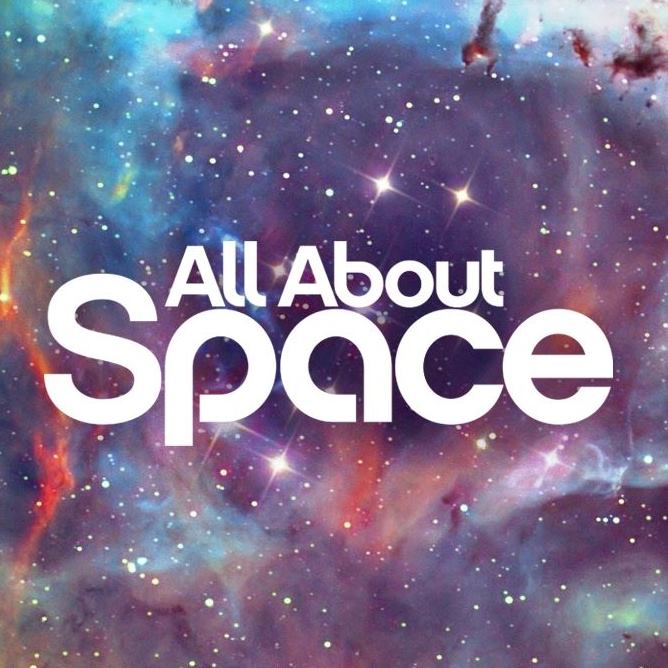
All About Space is where stunning images combine with accessible and authoritative text to educate and inspire readers of all ages while taking them on a spectacular journey through the Solar System to the known limits of the universe. Characterized by quality and accessibility All About Space is a brand dedicated to delivering expert commentary on the latest cutting-edge research, technology and theories in an entertaining and visually stunning way.
Get fantastic offers by subscribing to the digital and/or print edition now. Subscribers get 13 issues per year!
